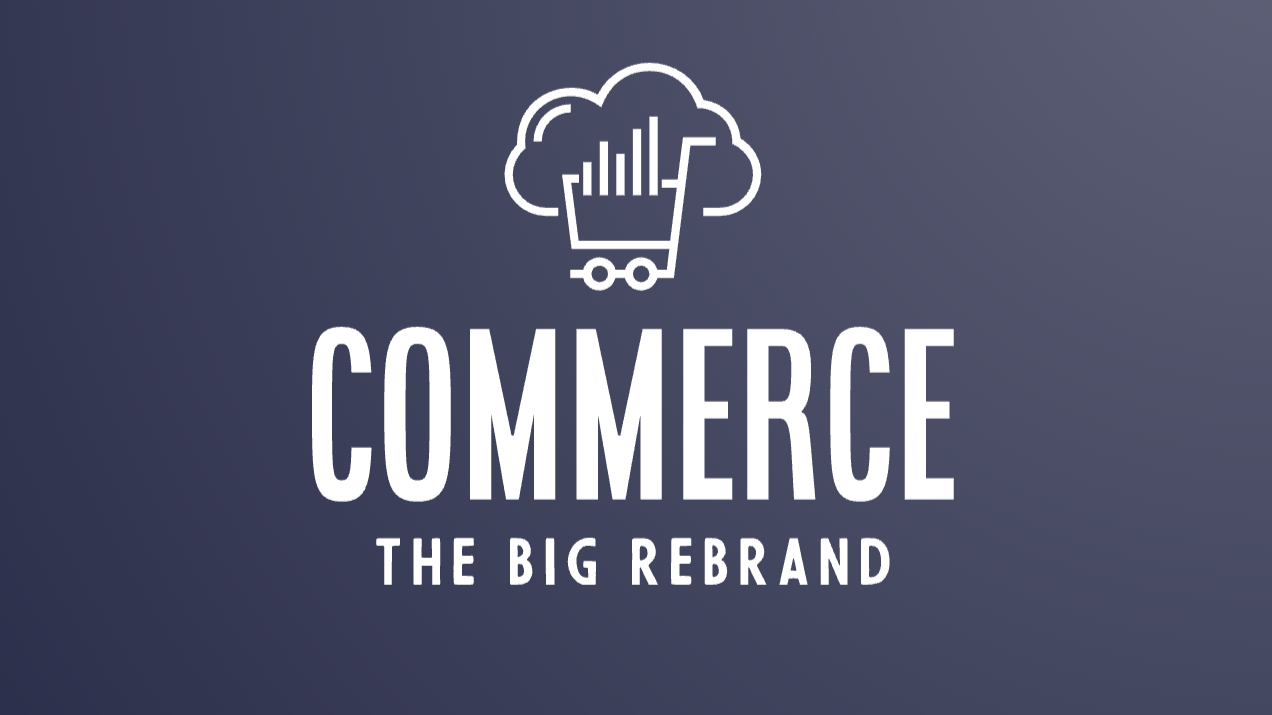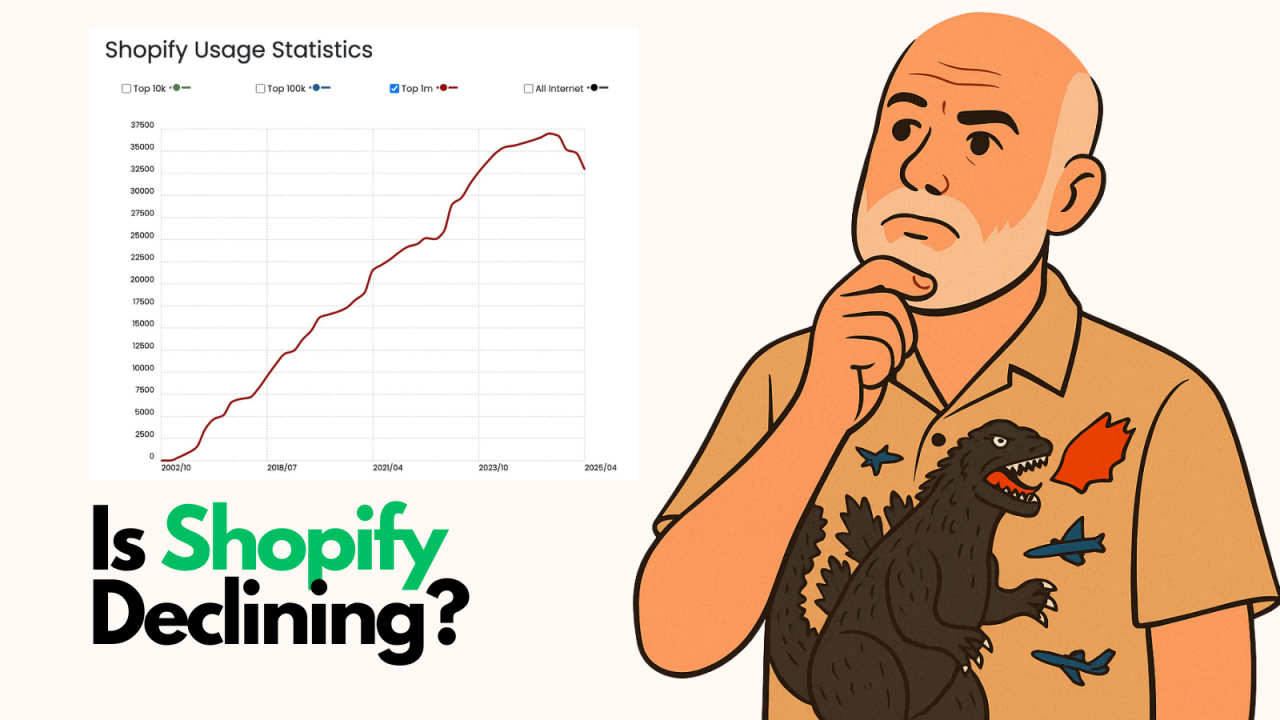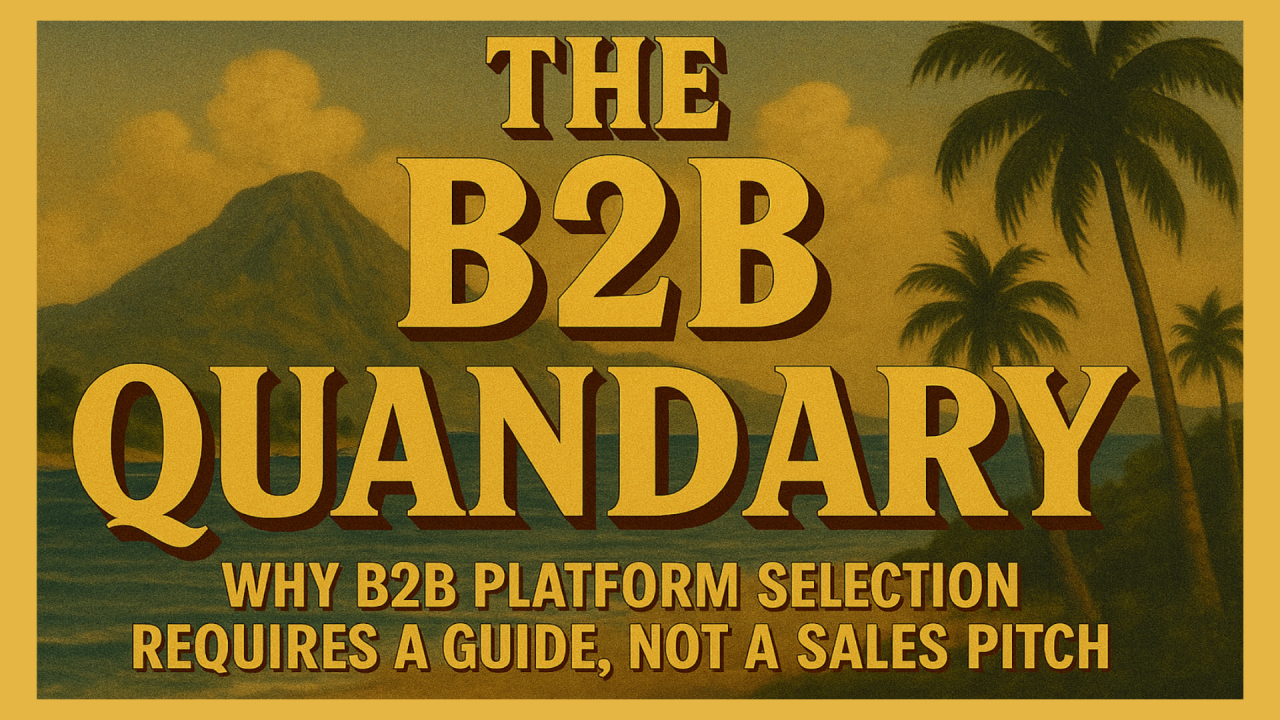Data has become an integral part of any successful content marketing effort. Data-driven content allows you to make decisions based on analytics, giving you the power to create content that is both compelling and captivating. We'll discuss the benefits of data-driven content and provide tips and examples to help you create captivating content.
What is data-driven content?
Data-driven content is content that is created based on data gathered from analytics, surveys, or customer feedback. This data is used to craft content that is tailored to the reader's interests, needs, and preferences. Data-driven content is more effective because it is tailored to the target audience, making it more engaging and persuasive.
Data-driven content also allows you to test different approaches and measure the results. This allows you to tweak and refine your content to optimize performance. By leveraging data, you can create content that resonates with your audience and drives results.
Benefits of data-driven content
Data-driven content has several benefits that make it an attractive option for content creation.
- Improved engagement: Data-driven content is tailored to the reader's interests, so it is more likely to engage them. This makes it more effective and persuasive.
- Increased conversions: Data-driven content is more likely to drive conversions because it is tailored to the reader's needs.
- More accurate targeting: Data-driven content allows you to target the right people with the right message, so you're more likely to get the desired results.
- Better ROI: Data-driven content is more effective, so you will get a better return on your investment.
How to collect data
Data-driven content requires data. Here are some of the best ways to collect data:
- Analytics: Use tools such as Google Analytics to track website performance and user behavior.
- Surveys: Use surveys to collect feedback from customers, prospects, and other stakeholders.
- Social media: Track social media performance and interactions to gather insights into customer behavior.
- A/B testing: Test different versions of content to determine what works best.
Types of data to leverage
Once you have collected the data, it's time to leverage it. Here are some of the most common types of data to consider:
- Demographics: Use demographic data to create content tailored to specific groups of people.
- Usage patterns: Track usage patterns to determine what content is most popular and why.
- Customer feedback: Use customer feedback to create content that meets their needs and solves their problems.
- Sales trends: Track sales trends to determine what content resonates with customers.
Analyzing the data
Once you have collected and identified the data, it's time to analyze it. Use data analysis tools such as Tableau or Excel to make sense of the data. Look for patterns and correlations that can help you create better content.
Crafting data-driven content
Now that you have analyzed the data, it's time to start crafting content.
- Focus on the reader: Always keep the reader in mind as you create content. Use the data to understand their needs and interests, and craft content that resonates with them.
- Use visuals: Visuals are a powerful way to engage your readers. Use visuals such as charts, graphs, and infographics to make your content more engaging.
- Be relevant: Make sure your content is relevant to your readers. Use the data to create content that is tailored to their interests and needs.
- Keep it simple: Keep your content simple and easy to understand. Use plain language and avoid jargon or technical terms.
- Tell a story: Use the data to craft a compelling narrative that resonates with readers.
Tips for creating captivating content
- Keep it interesting: Use the data to create interesting stories, perspectives, and insights.
- Be creative: Think of creative ways to present the data. Use storytelling and visuals to engage your readers.
- Show the impact: Show readers how the data affects them and how it can help them make better decisions.
- Use visuals: Use visuals such as charts, graphs, and infographics to make your content more compelling.
- Be accessible: Make sure your content is accessible to everyone. Avoid jargon or technical terms.
Examples of successful data-driven content
- Netflix: Netflix uses data to create content that resonates with its viewers. The streaming service uses data to track viewership and create content that is tailored to its audience.
- Spotify: Spotify uses data to recommend music to its users. The streaming service uses data to understand user preferences and suggests music that is tailored to their tastes.
- McDonald's: McDonald's uses data to understand customer tastes and create menu items that cater to their needs. The fast-food chain uses data to create new products based on regional preferences as well as promotions that drive sales.
Services for creating data-driven content
If you don't have the time or resources to create data-driven content, some services can help. Here are some services that specialize in creating your content:
- Content Management Systems (CMS): CMSs such as WordPress and Drupal make it easy to create data-driven content.
- AI-Powered Content Platforms: AI-powered content platforms such as Quill and Grammarly use algorithms.
- Content Marketing Platforms: Content marketing platforms such as HubSpot and Marketo provide tools to create content.
Data-driven content is a powerful tool for creating captivating content. By leveraging data, you can create content that is tailored to your readers and drives results. Use the tips and examples in this blog article to create content that resonates with your audience.
Creating data-driven content can be time-consuming, so consider outsourcing if you don't have the time or resources. Some services are specializing in this, so you can focus on other aspects of your business.
Using data to create content is an effective way to engage your readers and drive results. By leveraging data, you can create content that is both compelling and captivating.
So, what are you waiting for? Start leveraging data to create captivating content today!
This article was written with the PRIMARY KEYWORD: “Using Data to Craft Engaging Content” and the SECONDARY KEYWORDS: “Data-driven Content, Benefits of Data-driven Content, Tips for Creating Captivating
Contact us if you are ready to dig into your data to know what your clients are looking at.



